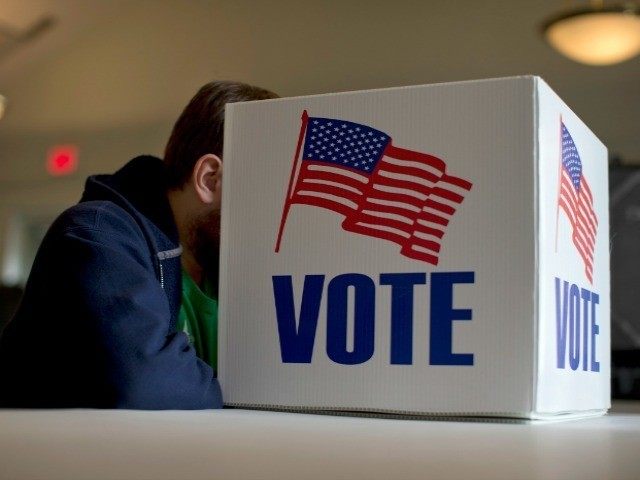
The House redistricting process, as set by the Constitution, is supposed to happen once every ten years. Ambiguous federal statutes and federal judges armed with Periclean fantasies means a few states are often forced to “redo” their Congressional maps.
Before the 2016 elections, some voters in Florida, Virginia and North Carolina will likely find themselves moved into new Congressional districts.
It should come as no surprise that the lawsuits challenging the maps in the three states were brought by the National Democrat Redistricting Trust. The organization is run by former staff members of the Democrat Congressional Campaign Committee. It is a blatant attempt to litigate what was lost at the ballot box.
In Virginia, a federal judge has ordered the legislature to redraw the 3rd Congressional District, which has been represented by Rep. Bobby Scott since 1993. The district has been a majority-black district since 1991. In the last redistricting, the GOP controlled legislature changed the make-up of the district from 53 percent black to 56 percent black. That small change apparently offended the sensibilities of a Federal judge. The legislature has been ordered to make the district slightly less majority-black.
In Florida, the Democrats claim that “politics” guided the state legislators in drawing the new districts. The plaintiffs, who, again, are national Democrats, point to the use of “mapping principles” to protect DNC Chair
and increase the number of “safe” Democrat seats. Among the witnesses is the Executive Director of the Florida Democrat Party, who said he tried to influence the political make-up of the districts.
So, the Democrats are using the fact that they themselves tried to politically influence the make-up of the Republican-drawn districts to argue that the districts should be tossed. Unsurprisingly, a Federal judge agreed. At the heart of the issue are four House seats, two held by each party, that must be redrawn.
The state Legislatures in Virginia and Florida are currently in special session to redraw the districts. In North Carolina, the state Supreme Court is preparing to hear arguments in a similar case. It is likely that state will also have to redraw some of its districts.
In Washington, DC, where every political story is viewed through the prism of Capitol Hill politics, some pundits are conjecturing that the remapping process in these states will eliminate three GOP members who are thorns in the side of House GOP leadership.
In Florida, one of the seats that must be redrawn is occupied by
, a Republican who challenged Boehner in the Speaker’s race. Republican
, a key Boehner ally, who occupies another seat set to be redrawn has already announced his intention to run for U.S. Senate.
In Virginia,
t, who unseated Rep. Eric Cantor in a primary last year, occupies the House seat neighboring Rep. Scott’s district.
, who recently filed a petition to vacate the election of
as Speaker, could potentially have his district redrawn in North Carolina, if the state Supreme Court scraps the existing map.
“These conservative members should definitely assume that they are enemy No. 1 on the list,” Daniel Horowitz, senior editor of the Conservative Review told National Journal. “If you’re going to redraw the maps, who’s going to be your first priority? … If the establishment could kill two birds with one stone—comply with the courts and pick off a conservative—they would absolutely take that opportunity.”
I think Horowitz sees the world too much through DC’s glasses. Having worked on redistricting, decisions have far more to do with state politics, and the ambitions of state legislators, than the drama within the federal House caucus.
The Congressional districts surrounding Rep. Scott’s district in Virginia, for example, are so Republican that tweaks to the lines are very unlikely to jeopardize Rep. Bratt or
, who also borders Scott’s district. It is hard to envision any changes to the district lines that would make either Bratt or Forbes vulnerable in a primary, never mind a general election.
It is possible that Rep. Webster in Florida and Rep. Meadows in North Carolina face existential changes to their districts. If they do, it is likely to have very little to do with their standing in the U.S. House GOP caucus. Their political futures lay in the hands of legislators in the state capitols, not Washington.
The larger story here isn’t really about the GOP leadership in Washington. It is yet another example of how far Democrats will go to overturn the results of elections. That federal judges are even involved is testament to how freely that party feels it can ignore even plain Constitutional text.

